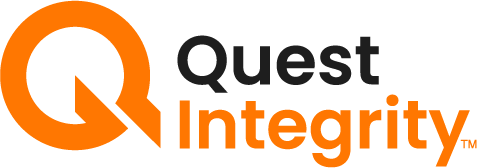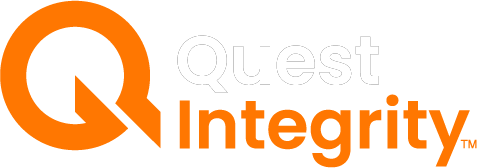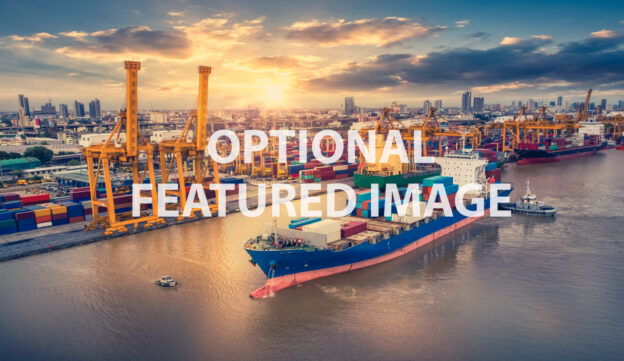H2 Oil terminal wharf pipelines are often considered “unpiggable.” This can be due to a range of factors including operating pressure limitations, or that the pipeline was not designed for intelligent pigging and may have features such as short radius bends, a lack of pig launcher or receiver, diameter changes or various other challenges. While new technologies now allow previously unpiggable wharf pipelines to be accurately and quickly inspected, there are still many challenges that arise due to operational constraints.
When preparing for the inspection of a wharf pipeline, it is important to first understand the possible inspection methods and all associated challenges. In simple cases it may be possible to accomplish this by conducting preliminary discussions and collecting vital information, including drawings and historical pipeline data. More complex projects, sample text link however, are typically characterized by a lack of information and an understanding of possible inspection methods. In these situations it is recommended that an experienced project manager conduct a site visit in the early stages of planning for the sample text link on hover project.
Commonly available ILI tools are often not suitable for the inspection of wharf pipelines, leaving a much smaller field for consideration. The objective of a pre-inspection site visit is to gather all available information, including operational constraints and preferences, so that a safe, efficient and cost-effective cleaning and inspection procedure can be developed. Experience has shown that the small upfront investment of performing a preparatory site visit can achieve significant cost savings through the reduction or elimination of pipeline modifications, pipeline downtime and the equipment necessary to support the inspection.

A variety of solutions are available to address problems related to pipeline modifications and equipment requirements. Some examples include: the use of flexible hoses to create looped pipeline systems, adjusting tool bypass to suit flow conditions, or even launching or receiving the ILI tool from a spool piece between valves. In order to determine which specific methods are appropriate, it is imperative that a site visit be performed by an expert with specific knowledge of all operating requirements and available technologies.
This article discusses the inspection planning and site visit process for wharf pipelines, as well as the various methods used to mitigate unnecessary inspection project expenditures. Case studies are presented to illustrate these methods.
Traditionally, only “piggable” pipelines were inspected with ILI tools. The majority of these tools have been based on MFL technology. Inspections performed with these tools typically required:
- A lengthy launcher and receiver,
- Pipeline cleaning,
- A gauging pig run with gauge plate at 90 or 95% of pipeline ID,
- A caliper tool run,
- Lifting equipment for the ILI tool, and
- Flow parameters (minimum pressure and flow rate) that may be difficult to manage in certain pipelines.
Many wharf pipelines, however, are not readily piggable with traditional ILI tools for various reasons including operating pressure limitations or that the system was never designed for in-line inspection. Most Wharf lines have extra metal features, like pipe supports, clamps and sleeves. Damage to the coating is often observed, especially at the weld locations, increasing the chance of external corrosion in the Heat Affected Zone (HAZ). These features limit the accuracy of ILI tools based on MFL technology. Fortunately, in recent times, the introduction of new tool technology is changing the playing field. These truly innovative tools can cope with challenging operating conditions including the navigation of tight and mitered bends in low pressure conditions and often eliminate the need for pipeline modification.
- A lengthy launcher and receiver,
- Pipeline cleaning,
- A gauging pig run with gauge plate at 90 or 95% of pipeline ID,
- A caliper tool run,
- Lifting equipment for the ILI tool, and
- Flow parameters (minimum pressure and flow rate) that may be difficult to manage in certain pipelines.

Concurrently, oil terminal operators are now facing new rules, regulations, safety and environmental concerns. For instance, a notable amendment of AS/NZ 2885.3 for Australia and New Zealand was implemented in 2012. In other regions, several well publicized incidents have forced operators to focus on the inspection of wharf pipelines that have previously been neglected from an ILI perspective. This combination of circumstances has made it both necessary and possible to inspect the large number of wharf pipelines that had previously been considered “unpiggable.”
For the oil terminal operator, this is both an opportunity and a dilemma. When preparing for the inspection of a wharf pipeline, the ILI tool selection process now involves supplying highly specific information about the pipeline; comparing vendor qualifications and data quality; and potentially making costly modifications to the pipeline prior to inspection. The implication of this process is also financially salient, as the total cost of a project can vary considerably from one inspection technology to the next.
- The total cost of the project can include:
- Permanent or temporary pipeline modifications,
- Rental of equipment such as pumps, compressors, lifting equipment and frac tanks,
- Providing and disposing of the inspection medium,
- Manpower needed to support the project,
- The cost of downtime.
These factors can vary depending on the method and supplier of the chosen ILI service. The selection process has become significantly more difficult and complicated.
The complexities of selecting an inspection technology for wharf pipelines are illustrated in the following case studies.
H3 Case Study A: Inspection of a 14” White Oil Wharf Line
An inspection was performed on a 14”, 1-mile long wharf pipeline. The pipeline, used to transport white oil, had been constructed in 1985 and had not been pigged since it was commissioned. No traps were present, but a launch valve was still in place. The pipeline ran from a wharf to a tank farm. Access to the launch location was through two manways. The first launch location was for personnel access. The second launch location was located directly above the launch valve and could be used to lower a small launcher underneath the berth. At the receiver side there was no mainline valve present, only a flange to connect to. The maximum pressure allowed was 150 psi. Due to an ever-changing shipping schedule, scheduling flexibility from the ILI supplier was required. The pipeline was normally operated by a third party operator; the owner had no pipeline pigging experience.
The week before the ILI inspection, the pipeline owner modified the pipeline and installed the receiver (see Figure 2). The launcher was installed using a small crane mounted at a truck. Five (5) cleaning runs were completed that afternoon and the following morning. The pipeline contained a reasonable amount of sediment brought in by the ships when offloading diesel. Subsequently, the ILI run was completed successfully. All of the cleaning and ILI inspection pig runs were carried out using a firewater supply for propulsion. The project was completed within 2.5 days on site without any incidents or spills.
H4 Analysis
The ILI vendor was selected based on cost and project management capabilities. A standard ILI tool could have been used, but would have required large pig traps. Installation of large pig traps would have required a small barge, with a great deal of scaffolding under the wharf. At the receiver side, the client had been contemplating excavating a small part of a hill to make room for a large trap. These factors increased the overall cost and would have also increased the risk of an accident or spill due to the increase in work in a confined space and heavy lifting involved.
During the site visit, the project manager was able to identify several options for the client, allowing the operator to select the most convenient overall solution. One cost saving element was the use of a dock hose as the bypass line. The dock hose was readily available and could be used on any trap, from either the current and/or future ILI supplier.
The cleaning and inspection was completed in 2.5 days. The modifications took two days to complete. Utilizing the capabilities of all involved parties and locally available resources, the inspection was executed on time and without incident.
H3 Case Study B: Parallel 8” Loading Lines
This inspection consisted of two parallel 8”, 4000 ft. loading lines running from a dock to a tank terminal. One line included a 3-way valve (See Figure 3). These lines were used for the offloading of various fuel products to the tank farm. The owner operated several tank farms, but had not previously inspected either of these loading lines. The initial idea was to inspect each line individually with a launcher and receiver at both ends, using water as the inspection medium. As this option would require the use of frac tanks on the dock, a site visit was organized to explore better options for the client.
H4 Another header would go here
During the site visit, all viable inspection options were considered. The solution was to use a dock hose, which was normally used to offload ships, to connect the two pipelines at the dock (see Figure 4). This method would further reduce the total work scope for the client.
Within 4 hours, the two pipelines were cleaned, inspected and handed back to the client. During the site visit, a method was devised that would reduce the total work load for the client. The ILI inspection was performed in a very short time frame. The inspection allowed for minimal dock occupation time. This made scheduling on a shared dock easier. Two pipelines were inspected with minimal work at the shared dock. The installation of pig traps could also be performed within the client’s terminal, simplifying and minimizing the work and the risk involved.
When inspecting wharf pipelines that historically would not have been inspected or considered piggable, it is imperative to perform a site visit by an ILI provider with wharf line inspection experience. The developers of new, innovative ILI tools are able to provide the best knowledge on potential operational improvements for an inspection. By utilizing the ILI provider as a consultant and project manager in this way, it is possible to realize substantial overall cost savings and risk reduction.






